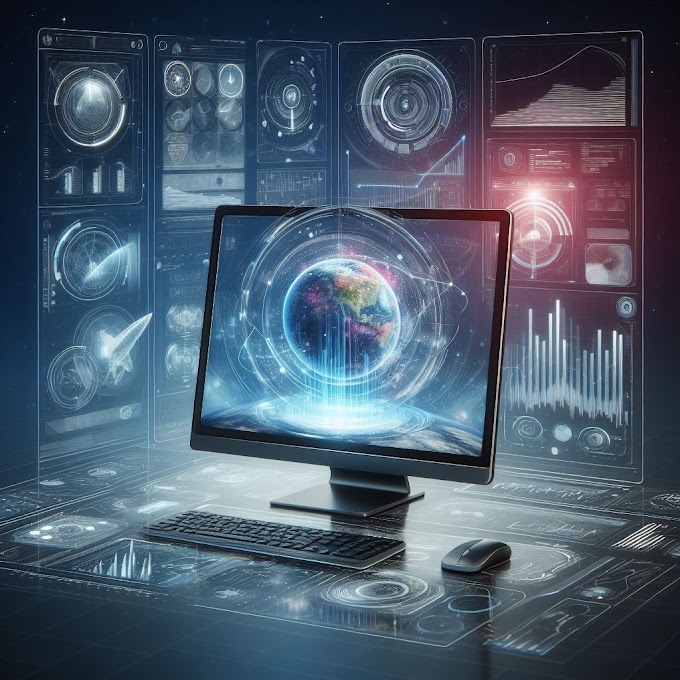In
the vast realm of artificial intelligence (AI), deep learning stands out as a
powerful technique that has revolutionized numerous industries. From speech
recognition to medical diagnosis and autonomous vehicles, deep learning
algorithms have showcased remarkable capabilities. But what exactly is deep
learning, and how does it work? In this article, we'll delve into the depths of
deep learning, exploring its concepts, applications, and significance in the
modern world.
Understanding
Deep Learning:
Deep learning falls under the umbrella of
machine learning, which in turn is a component of artificial intelligence. What distinguishes deep
learning is its utilization of artificial neural networks with multiple layers
(hence the term "deep"). These neural networks are inspired by the
structure and function of the human brain, consisting of interconnected nodes
called neurons.
The
essence of deep learning lies in its ability to automatically learn
hierarchical representations of data. Through a process known as training, deep
learning models analyze vast amounts of labeled data to extract patterns and
features. These models then use these learned representations to make
predictions or decisions when presented with new, unseen data.
Key
Components of Deep Learning:
1.
Neural Networks: The fundamental building blocks of deep learning, neural
networks consist of layers of interconnected neurons.
2.
Layers: Deep neural networks typically consist of three types of layers: input
layer, hidden layers, and output layer. The input layer receives data, the
hidden layers perform computations, and the output layer produces the final
results.
3.
Activation Functions: Activation functions introduce non-linearities into the
neural network, enabling it to learn complex patterns. Commonly used activation functions comprise ReLU (Rectified
Linear Unit), sigmoid, and tanh.
4.
Training Algorithms: Deep learning models are trained using optimization
algorithms like gradient descent, which adjust the parameters of the neural
network to minimize the difference between predicted and actual outputs.
Applications
of Deep Learning:
The adaptability of deep learning has resulted
in its extensive adoption across multiple domains. Some notable applications
include:
-
Image Recognition: Deep learning powers image recognition systems capable of
identifying objects, people, and scenes with remarkable accuracy.
-
Natural Language Processing (NLP): Deep learning techniques such as recurrent
neural networks (RNNs) and transformers are used in NLP tasks like language
translation, sentiment analysis, and text generation.
-
Healthcare: Deep learning algorithms analyze medical images, assist in
diagnosing diseases, and predict patient outcomes, leading to improved
healthcare delivery.
-
Autonomous Vehicles: Deep learning plays a crucial role in enabling
self-driving cars to perceive their surroundings, make decisions, and navigate
safely.
The
Significance of Deep Learning:
Deep
learning's ability to extract intricate patterns from vast datasets has
transformed industries and sparked innovations. Its scalability, coupled with
advancements in hardware and algorithms, continues to push the boundaries of
what AI can achieve. As data volumes grow and computational power increases,
the potential applications of deep learning are boundless.
Conclusion:
In conclusion, deep learning stands as a pillar of modern artificial intelligence, unlocking unprecedented capabilities across diverse sectors. With its ability to learn from data and make complex decisions, deep learning has emerged as a transformative force driving innovation and shaping the future of technology. As research and development in deep learning continue to progress, we can expect further breakthroughs and applications that will redefine our world.












